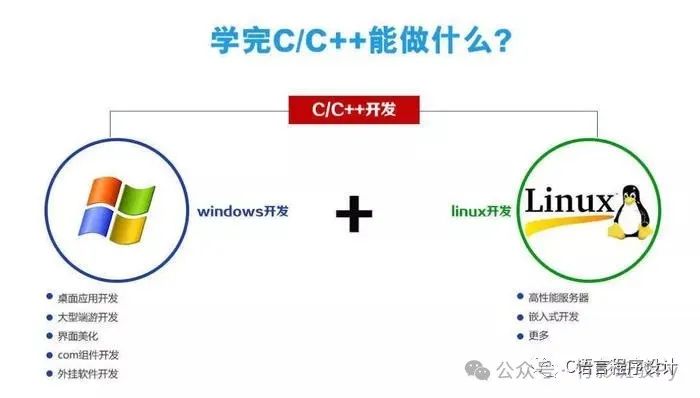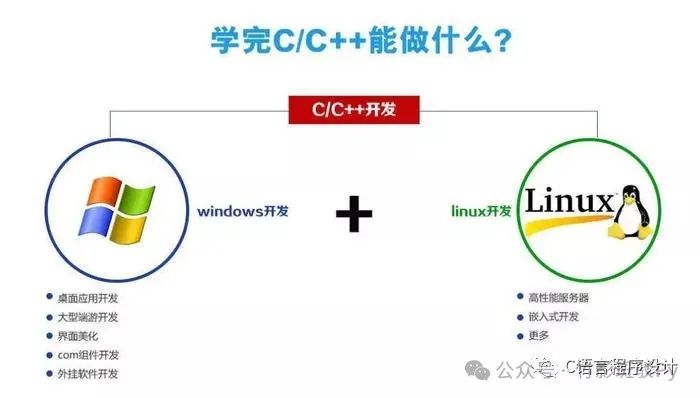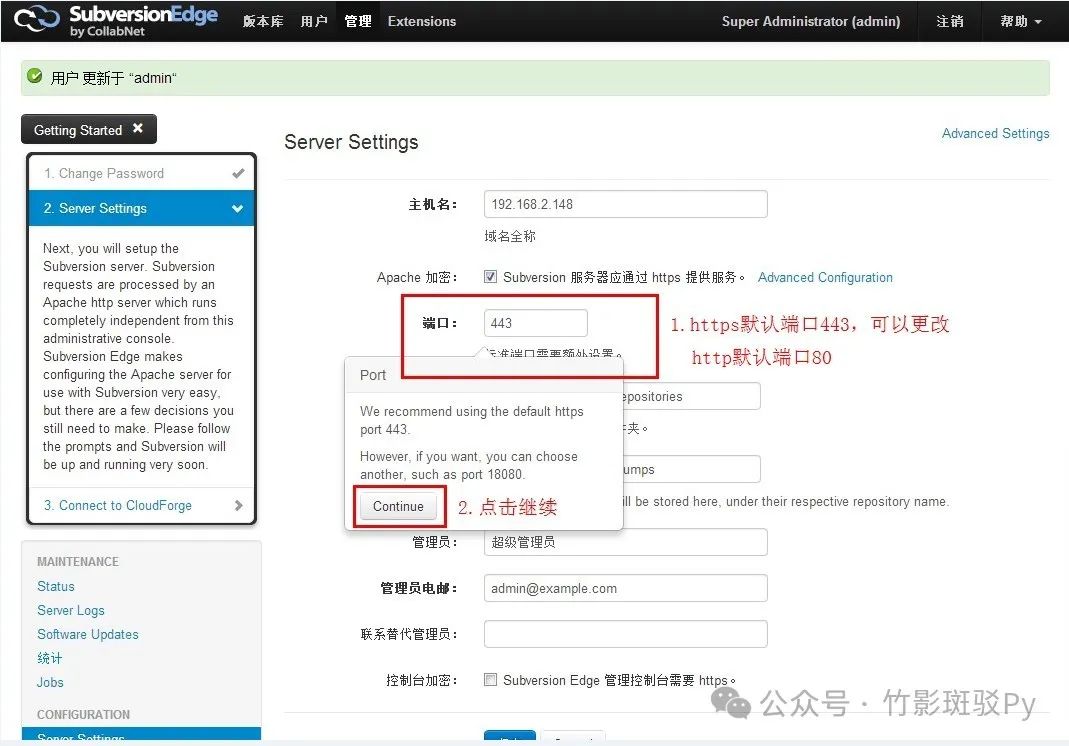Device Driver – The “Translator” Between Hardware and Software

In the world of computers, hardware is like human limbs, responsible for executing various specific tasks; software acts like the human brain, issuing commands and processing data. The device driver is the crucial bridge connecting hardware and the operating system, playing an essential “translating” role.
Whenever we use a computer, whether printing documents, watching videos, or connecting external storage devices, every operation relies on the silent contribution of device drivers. They enable the operating system to understand the functions and status of the hardware while accurately conveying the operating system’s commands to the hardware, ensuring the entire computer system operates in a coordinated and efficient manner.
Among many programming languages, C++ occupies an important position in the field of device driver development due to its unique advantages. It possesses the ability to manipulate hardware close to the low level, allowing direct interaction with hardware, and also features object-oriented programming, making code organization, maintenance, and extension easier. Today, we will delve into how C++ device drivers communicate with hardware, unveiling the exciting details behind this mysterious veil.
1. Entering the World of C++ Device Drivers

C++, as a powerful programming language, demonstrates many unique advantages in the field of device driver development. It inherits the characteristic of C language’s close interaction with low-level hardware, allowing precise control over hardware resources, such as directly reading and writing registers and accurately controlling memory, providing a solid foundation for driver development. Meanwhile, C++’s object-oriented programming features greatly facilitate code organization and management. By encapsulating operations and data related to hardware through classes and objects, the code structure becomes clearer, and maintenance and extension become easier.
In real life, C++ device drivers have a wide range of applications. In personal computers, graphics card drivers, sound card drivers, and many others are largely written in C++, providing us with a smooth audiovisual experience; in industrial automation production lines, various controllers and sensor drivers rely on C++ for precise control, ensuring efficient and orderly production processes; in the medical device field, driver software for equipment such as CT scanners and heart monitors also often uses C++ to ensure stable operation, providing reliable support for medical diagnosis. It is no exaggeration to say that C++ device drivers are like unsung heroes, silently supporting various aspects of modern technological life.
2. The “Necessary Path” of Communication: I/O Port Access

(1) Analysis of Basic Concepts
I/O ports, simply put, are like a “window” for devices to communicate with the outside world. Each hardware device is assigned a series of specific port addresses, which serve as small boxes storing control information, status information, and data transmission information for the device. In C++, we can use specific functions to read and write these ports, thereby achieving data interaction with hardware devices.
When we want to send commands to a hardware device, it is like handing a note filled with operational requirements through this “window”; when we need to obtain the current status or data from the device, we also retrieve the corresponding feedback information from this “window”. Thus, I/O ports are one of the important ways for C++ device drivers to communicate directly and at a low level with hardware.
(2) Practical Operation Guide
Next, let’s take a simple hardware device – assuming it is a basic sensor – as an example to see how to communicate with it through I/O ports in C++.
First, we need to include the corresponding header file, usually windows.h (taking Windows as an example; the relevant header files and functions will vary under different systems), which provides us with the functions and definitions needed to access I/O ports.
#include
Next, use the CreateFile function to open the corresponding I/O port of the device and obtain a device handle, which will be the basis for subsequent operations.
HANDLE hDevice = CreateFile(
L”\\.\SensorPort”, // The device name here should be replaced according to the actual situation, which is the identifier for the device port
GENERIC_READ | GENERIC_WRITE, // Specify read and write permissions
0,
NULL,
OPEN_EXISTING,
FILE_ATTRIBUTE_NORMAL,
NULL
);
if (hDevice == INVALID_HANDLE_VALUE) {
// If opening fails, handle the error
std::cerr << “Error opening device port.” << std::endl;
return 1;
}
After successfully opening the port, we can use ReadFile and WriteFile functions to read and write port data. Suppose we want to read a data value from the sensor, the example code is as follows:
DWORD bytesRead;
BYTE buffer[4]; // Assume the data returned by the sensor is 4 bytes, adjust according to the actual situation
BOOL result = ReadFile(
hDevice,
buffer,
sizeof(buffer),
&bytesRead,
NULL
);
if (result && bytesRead == sizeof(buffer)) {
// Reading successful, process the data, here simply print
int sensorValue = *(int*)buffer;
std::cout << “Sensor value: ” << sensorValue << std::endl;
} else {
// Handle reading failure
std::cerr << “Error reading from device.” << std::endl;
}
When communication is complete, be sure to use CloseHandle function to close the device handle and release resources, just like closing the door after leaving home.
CloseHandle(hDevice);
Through these steps, we have initially achieved communication between a C++ program and a simple hardware device through I/O ports, allowing us to send commands to the device and receive feedback, enabling the hardware to operate as we expect.